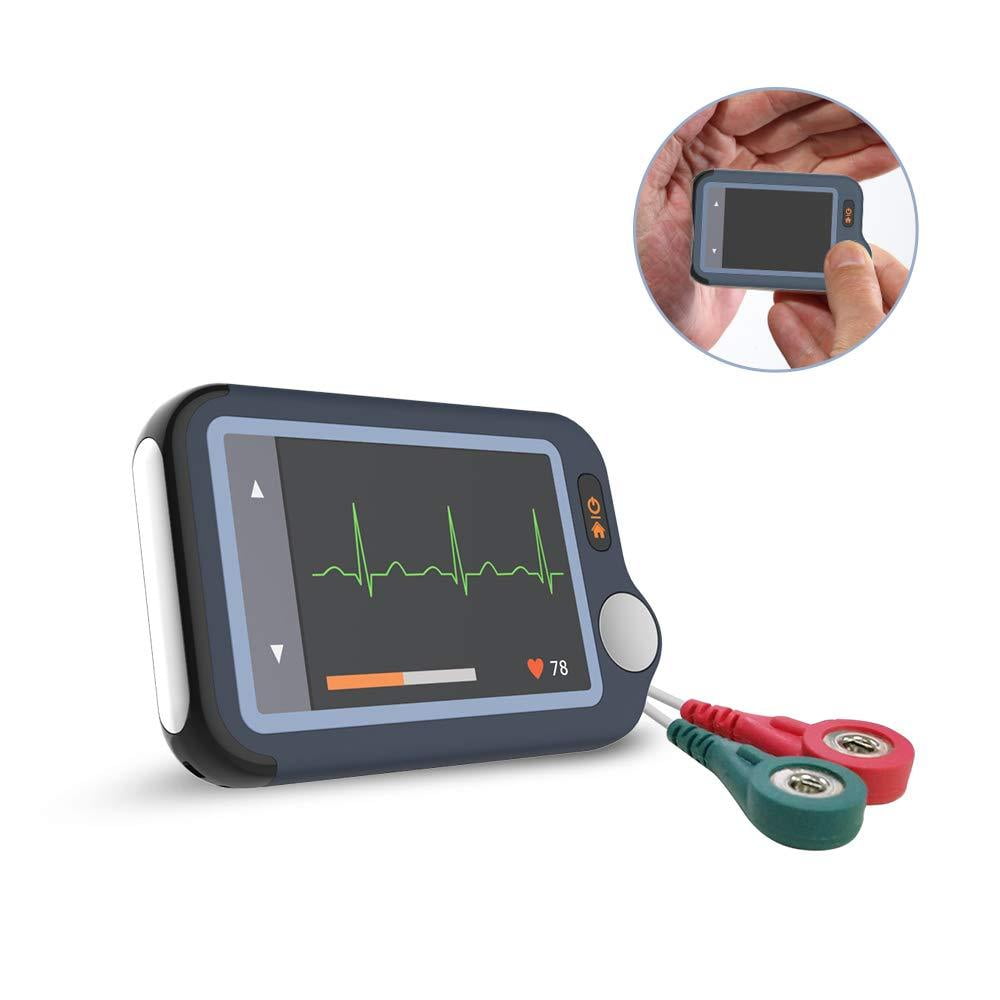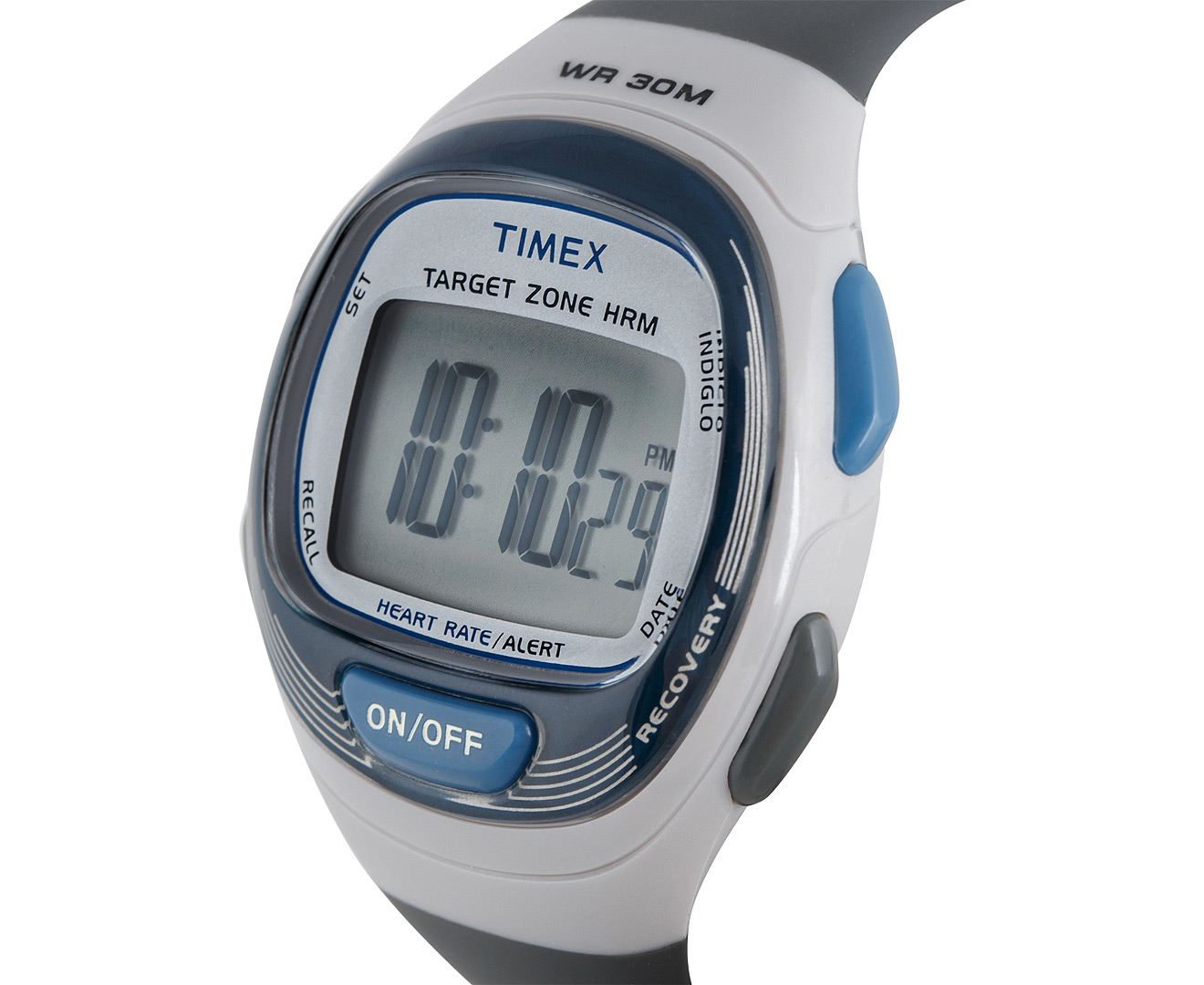

The downsides of medical-grade monitors include:Ī healthcare professional must prescribe them, which means you will likely need a doctor’s visit. It can even help when a rhythm problem occurs without symptoms. This helps your medical provider find out what’s happening with your heart rhythm while you’re having symptoms. These devices record every heartbeat that you have and send your tracings directly to your physician’s office. You wear these on your chest continuously for up to 30 days. Holter monitors, or ambulatory heart monitors, are at-home monitors approved for medical use. That’s why other types of ECGs can be helpful. Since the ECG only records for a few seconds, it will only tell you what’s going on with the heart rhythm at that particular moment. Because it just gives a snapshot of what your heart is doing, you might need an at-home monitor to get a better look. Less commonly, you may have an ECG if you are at risk for heart rhythm issues due to a prior heart attack or your family history.īut in many cases, an ECG can only tell you what’s going on at that specific moment. But you may also need an ECG if you have had heart rhythm problems like atrial fibrillation in the past. The ECG will help your provider know if a rhythm problem is causing your symptoms. If your heart wall may be abnormally thickĬlues about other things that may put you at risk for heart problems

If there’s evidence of a heart attack or damage to the heart These record the electrical pattern of the heart from 12 different angles.Īn ECG will tell your healthcare provider: It gives important information about the health of your heart.ĭuring a traditional, or 12-lead ECG, you lie on an exam table, and a provider attaches small sensors (electrodes) to your chest. What can a traditional ECG tell you?Īn ECG is a noninvasive test that your provider performs in a clinical setting. Here we’ll discuss why people use at-home monitors and how reliable they are. Personal ECG devices became especially useful during the COVID-19 pandemic, when it was more difficult for people to visit their doctor’s offices.

But what if you can’t make it to the doctor’s office? New technology has made it possible to monitor your heart rhythm from your smart device. Or you might need to wear a heart monitor to make sure there isn’t a serious heart rhythm issue. If you are having heart symptoms, your provider may recommend an electrocardiogram ( ECG, also called EKG). But sometimes these symptoms are a warning of something more serious. In many cases, they are just your heart’s normal reaction to stress, fatigue, or even changes in hormones. Some smaller and cheaper medical-grade ECG devices can be used at home if you have a home-care nurse or another healthcare professional who visits regularly.Heart palpitations, skips, and flips are very common symptoms that most of us will experience from time to time. ECGs made for personal or home use are cheaper than those made for clinical or hospital use. Pricing for an ECG monitor depends on the type, grade, brand, and features. Clinical and hospital-grade ECG monitors typically begin at around $200 and can go up to several thousand dollars each. How much do ECGs cost?Ĭompact personal-use ECG devices begin at about $50 and go up to $300 or more depending on the brand and model. All of them have at least some type of data recording function.

Several models also have connectivity features that can allow you to view your results from a smartphone or share them with a healthcare professional. For example, some are made to be wearable or portable. We also considered how each device is powered and what its battery life is like. We compared these ECG monitors based on their accuracy, ease of use, cost, and a number of other factors. Several reliable ECG monitors are clinically approved. You don’t need to purchase a very expensive ECG monitoring device for home use.


 0 kommentar(er)
0 kommentar(er)
